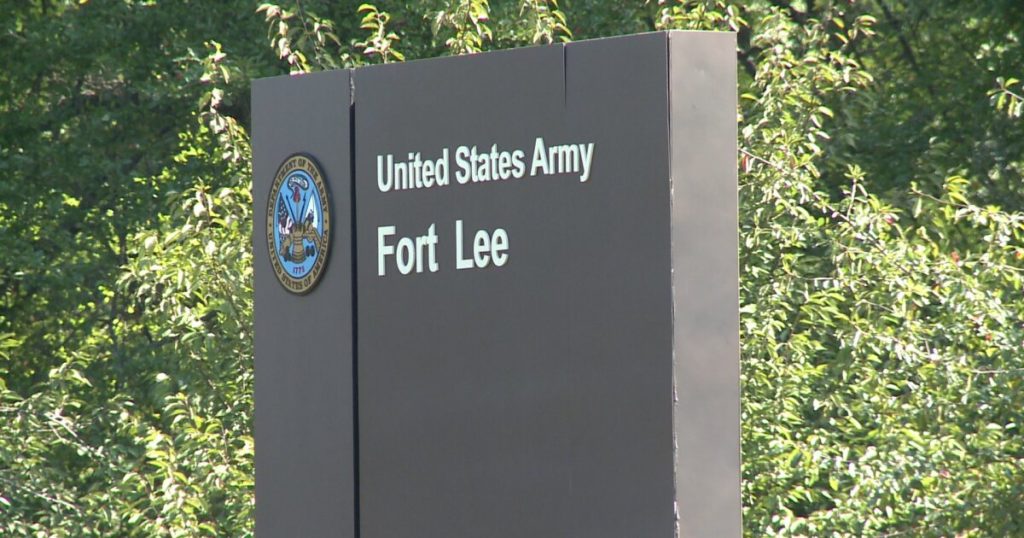
I had an appointment with a professional person in town recently. He brought up his military service and mentioned being stationed at Ft. Lee. I asked which Lee the station was named for, and he said Robert E. Perhaps I looked a bit uncomfortable because he went on to defend Gen. Lee, emphasizing his good works before and after the war, and asserting that you can’t blame a man for fighting for his home state. (This is a person from Way Up North, mind you. I live in Holland, Michigan, not Holland, Georgia or Holland, Arkansas.) He mentioned Ft. Bragg as well, and the army’s plans to change the names of nine bases named for Confederate officers. My best paraphrase of his argument is this: “So if we change the names of these forts just because Lee and Bragg owned slaves, what are we going to do in another hundred years? Society is going to change, values are going to change. Will we just rename the forts again? Besides, nobody’s perfect.”
And then he got down to business, the conversation shifted, and I failed to respond. This is what I wish I had said:
I can tell you’re frustrated about renaming these bases. I agree that nobody’s perfect and that people are viewed through different lenses over time. But that’s not the issue here. It’s not just that social mores have shifted and those who once were venerated now are seen as flawed. When these forts were named after Confederate officers, it wasn’t in spite of their support of White supremacy. It was because of their support of White supremacy.
We need to remember, as Historian W. Fitzhugh Brundage wrote, “Most monuments went up not immediately after the war, but as Southerners put Jim Crow in place—and Northerners gave up on racial justice.” It isn’t a coincidence that Ft. Lee was named in 1917 and Ft. Bragg was named in 1918. These were the years of some of the most brutal racism in U.S. history—the rebirth of the KKK, an unprecedented number of lynchings, release of Birth of a Nation, the glorification of the Confederacy in school textbooks, the purge of Black Americans employed by the federal government, and an explosion of Confederate monuments and Confederate names for schools, streets, and, yes, military bases. The Southern Poverty Law Center reports that most Confederate memorials were erected either in the early 20th century or in the mid-20th century as part of the backlash to the Civil Rights Movement. This wasn’t about celebrating historical figures. It was about cementing White dominance in the Jim Crow era. As Historian James Grossman says, “These statues were meant to create legitimate garb for white supremacy.” County by county across the South, the number of Confederate memorials erected was correlated with the number of lynchings committed (Henderson et al., 2021). Both are branches from the root of White supremacy.
(None of this was new, of course. To read more about how racism, and the very idea of race, emerged in European colonialism, read How Did the Idea of Race Develop?)
Does this history matter today? It was intended to, argues Historian Jane Dailey: “Most of the people who were involved in erecting the monuments were not necessarily erecting a monument to the past, but were rather, erecting them toward a white supremacist future.” Another historian, Keisha Blain, suggests that it still works that way: “They [i.e., Confederate monuments and names] were created by white supremacists. And they function as a balm for white supremacists who long to return to a period when Americans regarded black people as property.”
(All these monuments and names reflect the use of physical space to send messages and who belongs and who doesn’t. Read what Paul Kivel has to say about that here.)
Defenders of Confederate memorials sometimes say, “It’s history, not hate.” But that wasn’t true a century ago, and it isn’t true now. It’s revisionist history in the service of hate. Lee and Bragg and the others were selected as honorees for Southern military bases not because of their good deeds or military expertise or any other accomplishment but because they stood for White dominance over Black people. That was the reason. That was the message.
Today, the fight over Confederate memorials is still more about the present than the past. A present in which we either reinforce or reject White supremacy and the deliberate distortion of history that perpetuates it. The symbolism matters because what we do today can shape tomorrow. As Historian Heather Cox Richardson says, “The past has its own terrible inevitability. But it is never too late to change the future.”
Some of us have the luxury of thinking about this in the abstract. It seems distant to us, not connected with our everyday existence. So let’s end with a reflection from someone for whom memorializing the Confederacy is deeply personal. Poet Caroline Randall Williams offers us this powerful insight to put things in perspective:
“I have rape-colored skin. My light-brown-blackness is a living testament to the rules, the practices, the causes of the Old South. If there are those who want to remember the legacy of the Confederacy, if they want monuments, well, then, my body is a monument. My skin is a monument. . . My very existence is a relic of slavery and Jim Crow.”